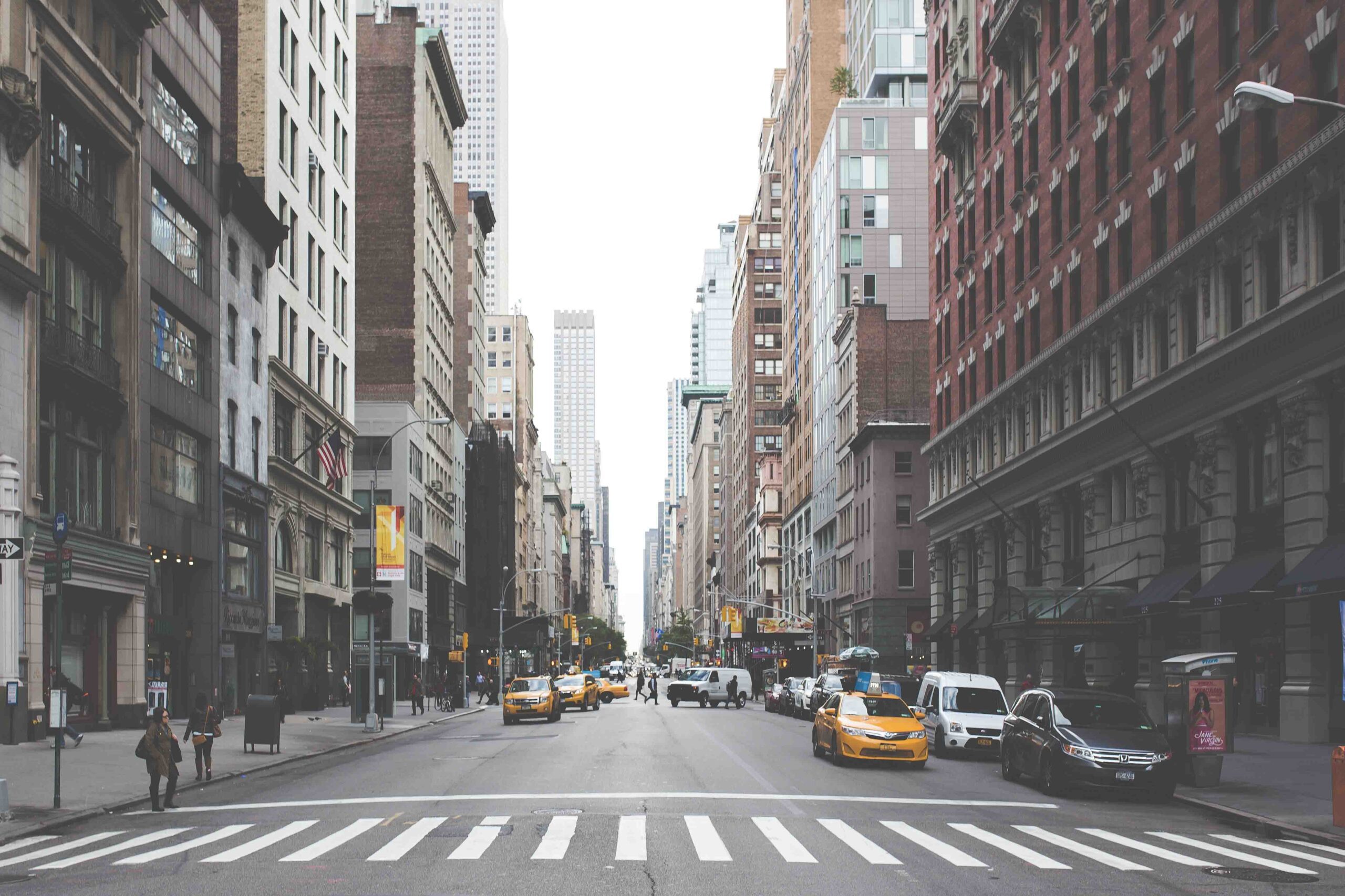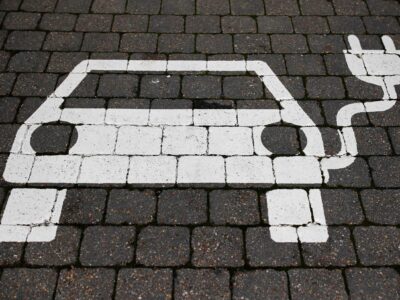Cities in America are constantly moving. If people aren’t walking the streets, they’re taking the subway, the bus, a cab, or biking to get wherever they need to go. The problem is that not every city in the U.S. is designed with the same walkability or public transportation.
New York City (NYC), for instance, has a great blend of walkable paths, biking, and subway lines to get around fast. What about an area like Atlanta that is spread out and doesn’t have the same sidewalk functionality as NYC? An urban planning concept called the “15-minute city” can potentially help solve these problems.
On Sept. 21, 2022, C40 Cities, a global coalition of city mayors, met to discuss funding for more urban areas to undergo a transformation that would reduce traffic and pollution from cars, add more green space, and emphasize walking or biking to businesses. More than 100 public officials gathered to take up the plan from Nordic Real Estate Partners (NREP) in the hope this new urban planning concept will make cities less reliant on personal vehicles for short-distance travel.
Announced at the Earthshot Summit, co-sponsored by Bloomberg Philanthropies, in New York, five cities — not yet announced — will undergo a pilot program to cultivate city lifestyle between work, school, entertainment, food sources, and public parks within a short walk or bike ride. The program is called Green and Thriving Neighborhoods, and C40 will partner with NREP to fund it.
“As much as 60–70% of the world’s CO2 emissions come from cities, so the quest for greener urban solutions is urgent,” said Claus Mathisen, NREP CEO, in a press release.“
This partnership is an opportunity to shape what a sustainable and equitable city is and to create a blueprint for urban development that will help not only cities to drive ambitious urban policies but also business and other stakeholders to engage and adapt their operational models.”

Photo Courtesy John Towner
The 15-minute city idea has been used by a few European cities, most notably Paris. When the COVID-19 pandemic forced people to stay closer to home, the French capital was forced into taking strategic action to make grocery stores and outdoor space more available to residents who didn’t live within 15 minutes of such amenities.
One such transformation – the parking lot at the Minimes barracks – was converted into a public tree garden, and surrounding buildings were flipped into a multi-use complex that includes affordable housing, daycare, and a clinic. In turn, the area was far less congested.
With more bike-protected lanes propping up in Paris, Paris mayor Anne Higlado set up a 15-minute city commissioner after her reelection in June 2022. Now, Carine Rolland oversees the increase of public spaces within the proximity of new housing developments.
Paris is not alone in transitioning to a more decentralized, more accessible city. Melbourne, Copenhagen, London, Portland, OR, Detroit, and Barcelona are all cities that have taken steps to return to a local, slower-paced lifestyle. Specific streets and districts have discouraged cars from traveling down the roads, like London’s “Mini-Hollands,” which takes inspiration from Dutch city planning to restrict car access to shopping hubs.
This effort is a much different planning approach from only a few years ago that strived to install more car-friendly infrastructure. The positives here are that closer proximity to work and stores trims emissions by 25%, according to the Intergovernmental Panel on Climate Change.
For public green space, cities like Paris are considering “oasis yards,” with many trees and absorbent surfaces that help lower temperatures with natural evaporation. These can be found near schools and parks where physical activity and large crowds gather.

Photo Courtesy Danny Best
The 15-minute city concept has shown to be effective at making cities more eco-friendly and less reliant on personally-owned vehicles.
“The 15-minute city framework can help cities to increase sustainability, inclusion, and economic equity,” said Carlos Moreno, director of Pantheon-Sorbonne University’s ETI Lab and the concept’s originator, in a press release. “The framework can contribute to the deep decarbonization of cities, and it can be adapted to a variety of contexts.”





